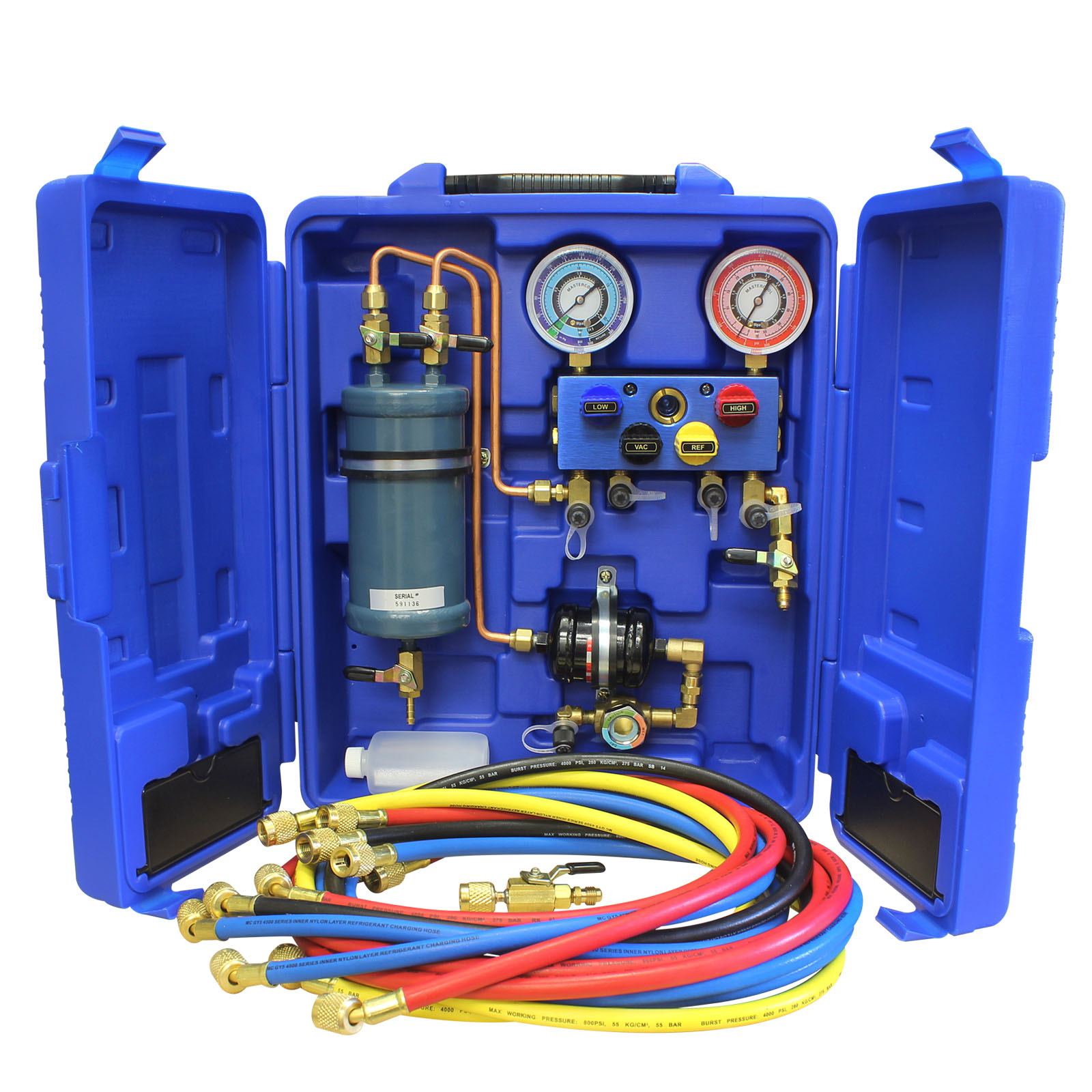If you have moisture in your refrigerant, it needs to be removed. There are a few ways to do this, and the best method will depend on the amount of moisture present and the type of system you have. For small amounts of moisture, you can use a dehydrator or an air compressor with a desiccant dryer.
If there is more moisture, you’ll need to use a distillation unit.
If your system is low on refrigerant, it’s likely that there is moisture in the system. To remove this moisture, you’ll need to do a combination of things:
-First, make sure that the system is properly sealed.
If there are any leaks, repair them before proceeding.
-Next, use a vacuum pump to remove any air from the system. This will help to remove any moisture that may be present.
-Once the vacuum pump has been used, you’ll need to add new refrigerant to the system. This will help to “flush out” the moisture and return the system to its proper level of operation.
Moisture in the Refrigeration System
How Would You Remove Moisture from a Refrigerant System
Assuming you are asking how to remove moisture from a refrigerant system that is already installed and in use:
The first step is to identify the source of the moisture. If the system was installed properly, there should not be any moisture present.
However, over time, leaks can develop which allow outside air and humidity into the system. These leaks must be repaired in order to prevent further moisture from entering the system.
Once the leaks have been repaired, the next step is to flush the entire system with a dry nitrogen gas.
This will remove any remaining moisture from within the system. Finally, new filter-driers need to be installed in order to absorb any future moisture that may enter the system through new leaks.
One Way is to Use a Dehydration Agent, Which Can Be Added to the System And Will Absorb Moisture
One way to remove moisture from a system is to use a dehydration agent. Dehydration agents work by absorbing moisture from the air. This can help to prevent rust and corrosion in the system.
Another Way is to Flush the System With Dry Nitrogen Gas, Which Will Displace the Moisture-Laden Air in the System
If you have an HVAC system in your home, you may have heard that one way to prevent it from developing rust and corrosion is to flush it with dry nitrogen gas. While this method can be effective, it’s important to understand how it works and what its limitations are.
Dry nitrogen gas is less dense than air, so when it’s introduced into the HVAC system, it displaces the air inside.
This can help to remove moisture from the system, which can prevent rust and corrosion. However, nitrogen gas is also a very good conductor of heat. This means that if there’s any moisture left in the system after flushing with nitrogen gas, it could actually accelerate the rusting process.
Another potential problem with using dry nitrogen gas to flush an HVAC system is that it can damage certain components if not done correctly. For example, if the nitrogen pressure is too high, it can cause seals and gaskets to fail. It’s important to consult with a professional before attempting this method of flushing an HVAC system.


Credit: www.mastercool.com
Conclusion
In order to remove moisture from a refrigerant system, there are a few different methods that can be used. One common method is to use a desiccant dryer, which will absorb the moisture from the air. Another method is to use a vacuum pump, which will remove the moisture from the system by creating a vacuum.

